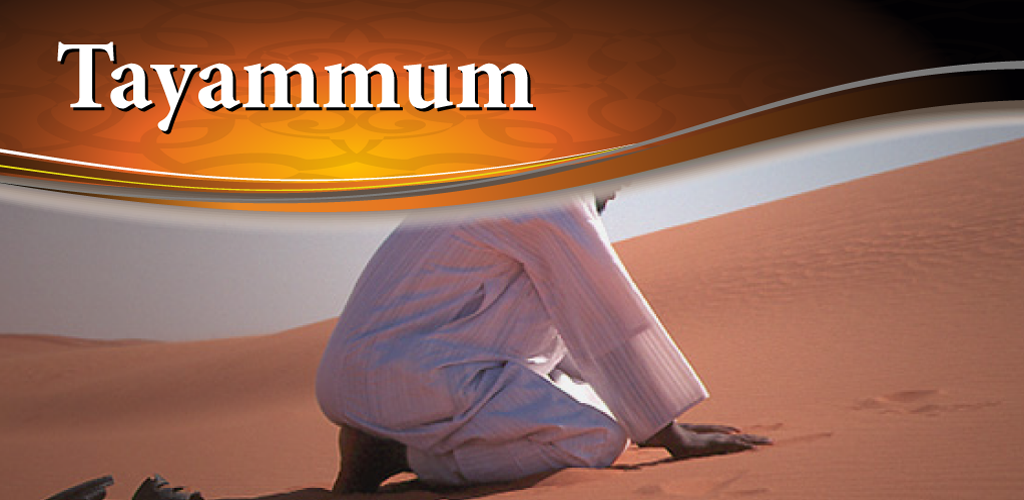Performing many ritual and spiritual acts such as our daily prayers and circumambulation the Ka’ba in the holy city of Makkah requires ritual purification in the form of ghusl or wudhu. Tayammum, which is a method of ritual purification with clean dust or earth, is an alternative to doing wudhu and ghusl when it is not possible to do them.
There are six situations when we must do Tayammum instead of wudhu or Ghusl:
- When the use of water is not possible, either because water is not present or because it might be present but not accessible to us, such as water being present in a well without a means to access it.
- When the use of water in wudu or ghusl is harmful to our health.
- When we are afraid that if we use scarce water supplies for ritual ablutions we will put ourselves in danger of suffering from thirst.
- When we want to wash our bodies or clothes for prayers and the water that we have is not sufficient.
- When the use of water or its container is forbidden to us, for example, if the water and/or its container had been unjustly taken away from someone else.
- When the time for prayer is short and performing ablution or ghusl will cause all or part of the prayer to be performed beyond the end time allotted for the prayer.
The Method of Performing Tayammum
The following 4 things are obligatory in performing tayammum.
- Intention (niyyah) of performing tayammum for the pleasure of Allah.
- Striking or placing both palms on the object on which tayammumis valid. As an obligatory precaution, this should be done with both palms together.
- Wiping the entire forehead with the palms of both the hands, and, as an obligatory precaution, its two ends commencing from the spot where the hair of one's head grows down to the eyebrows and above the nose. It is also recommended that the palms should pass over the eyebrows as well.
- Pass the left palm over the whole back of the right hand and then pass the right palm over the whole back of the left hand.
The recommended precaution is that tayammum should be performed in the following order:
First, we should strike the hands on the earth to wipe the forehead down to the eyebrows above the nose.
Secondly then strike the hands on earth once again to wipe the backs of both hands, the right before the left.
Things on which striking for tayammum is Allowed:
Tayammum can be done on anything that is known as being from the earth: such as sand, soil, gravel, clods of earth, a lump of clay or stone etc. even on baked lime, bricks or anything similar.
Tayammum cannot be done on minerals that are not considered as earth, such as gold, silver, aluminium etc, but tayammum can be done on fine stones, such as unpolished marble, granite etc.
Tayammum can also be done on gypsum and limestone, although it is better to avoid doing tayammum on them.
To learn more about Tayammum or other practical laws please visit the website: www.findtruth.co.uk









